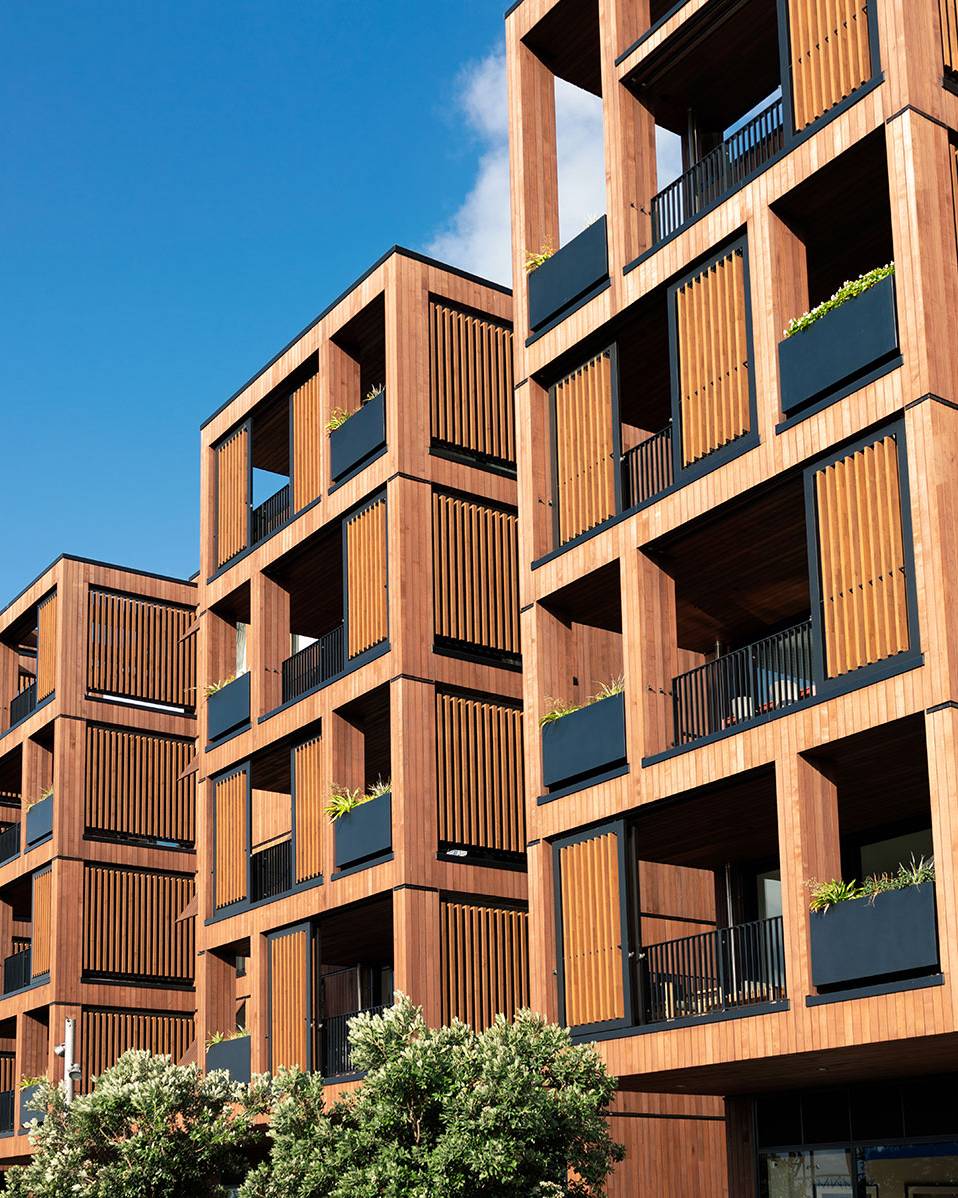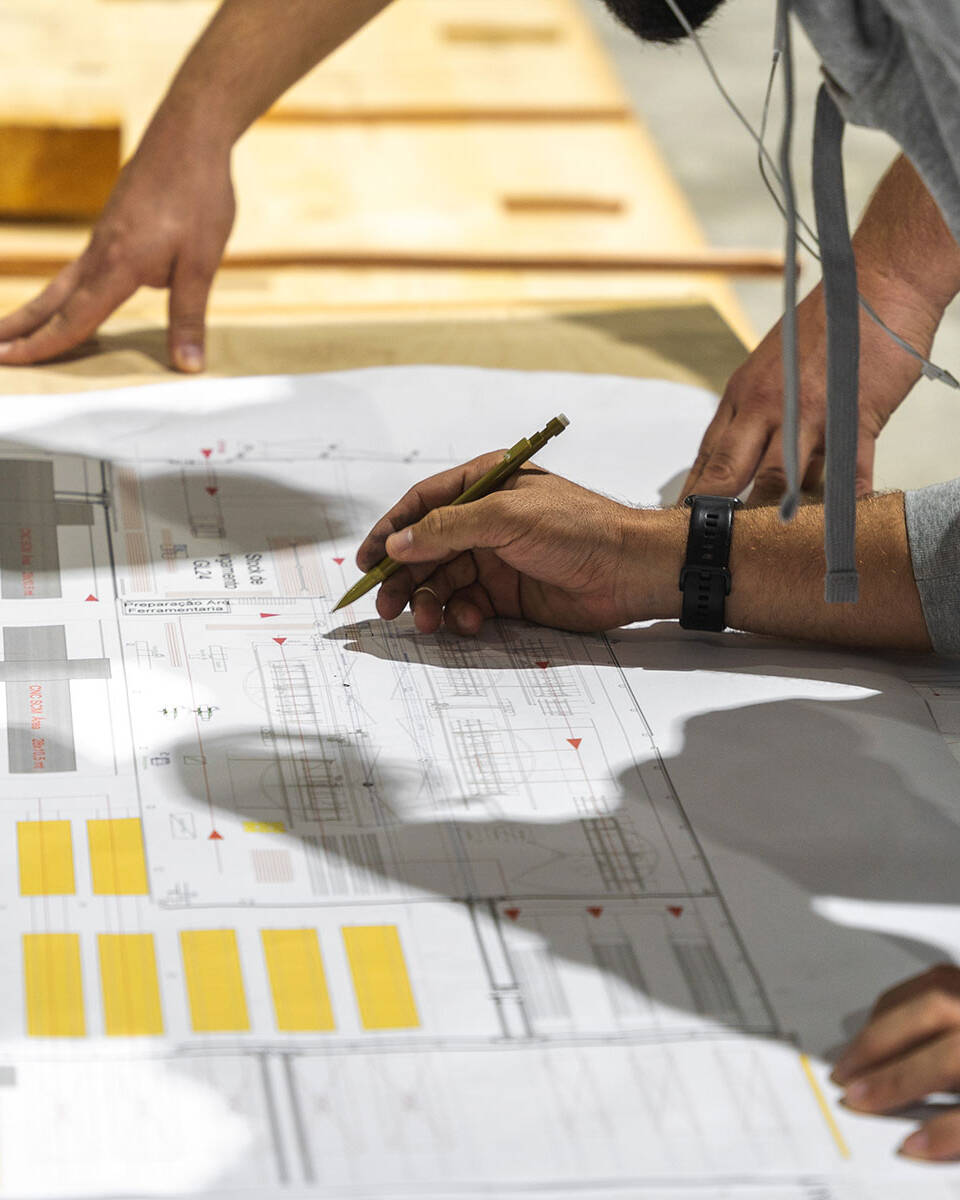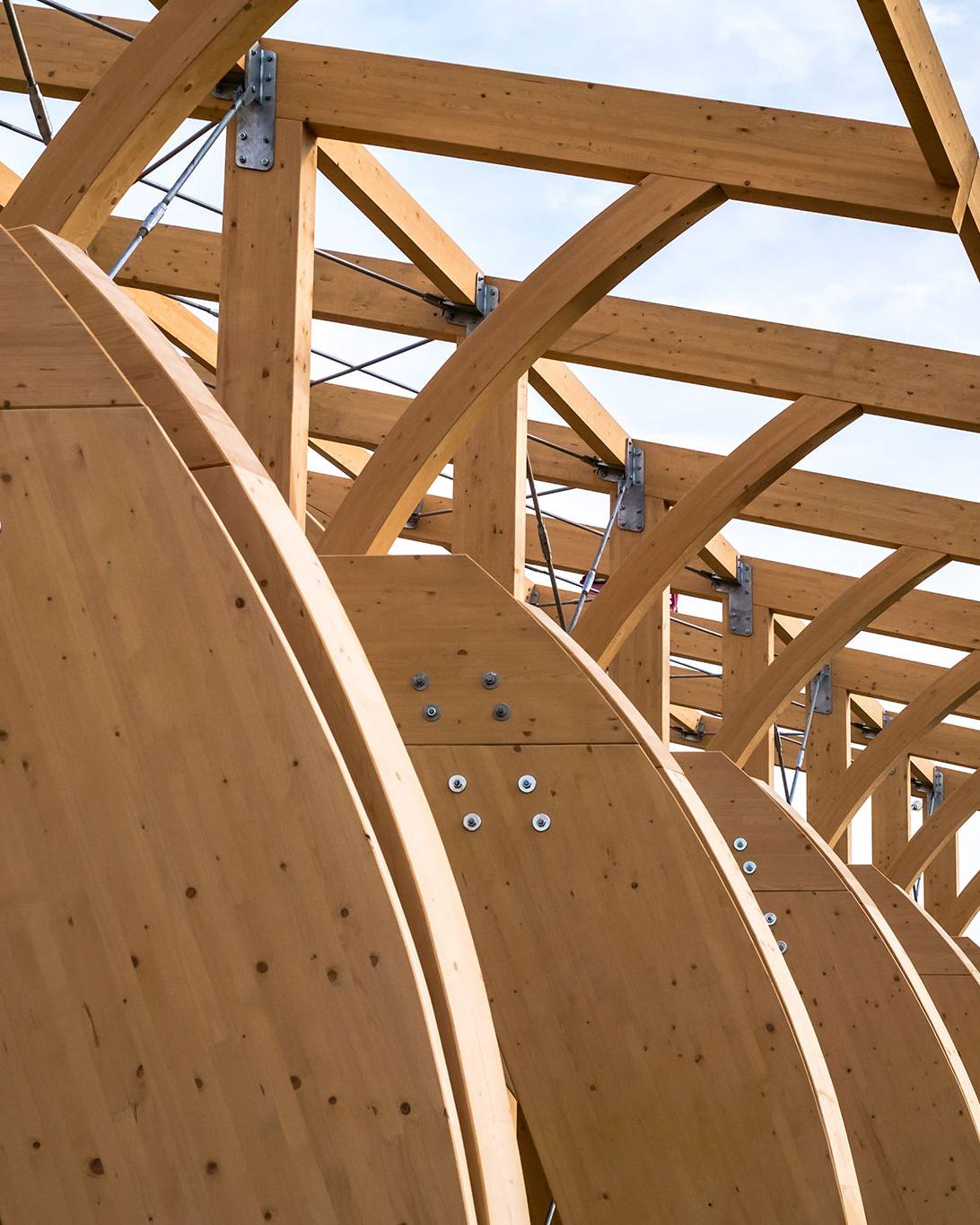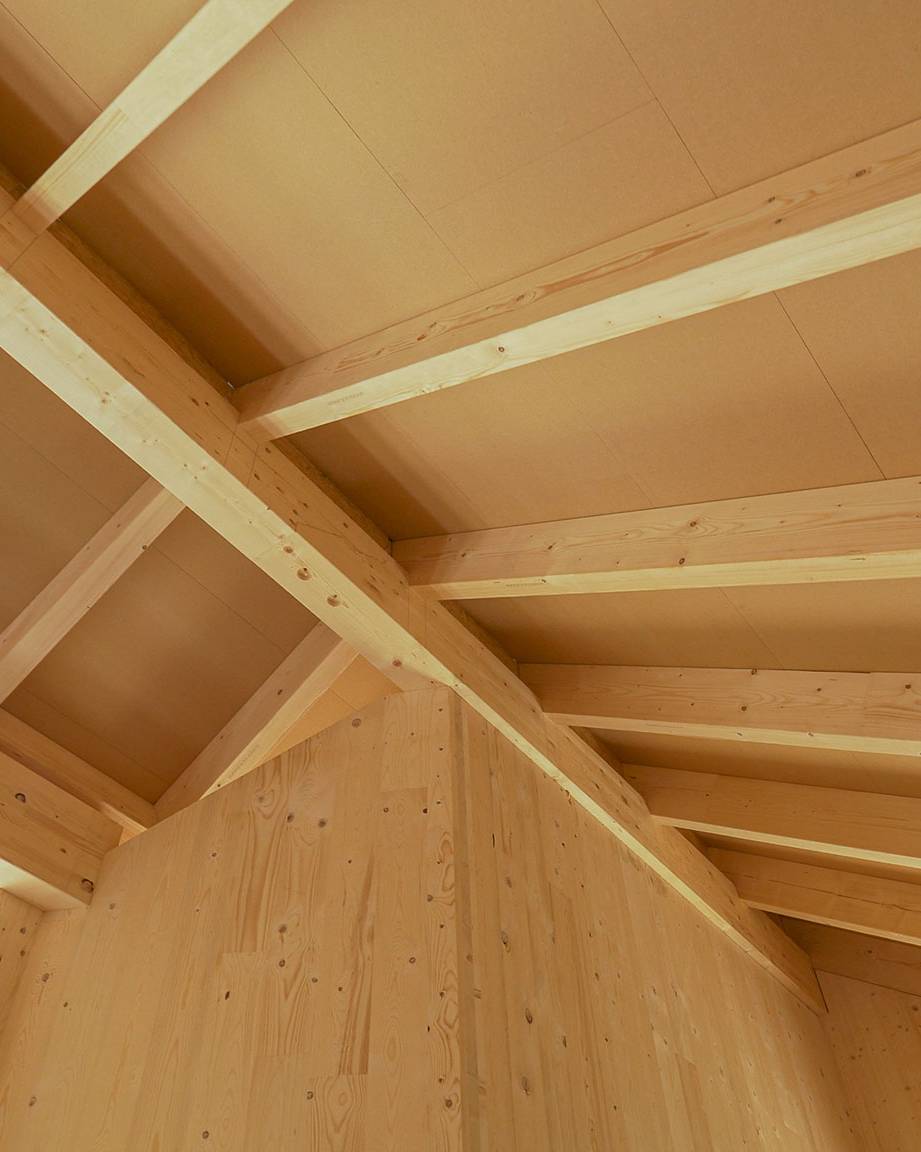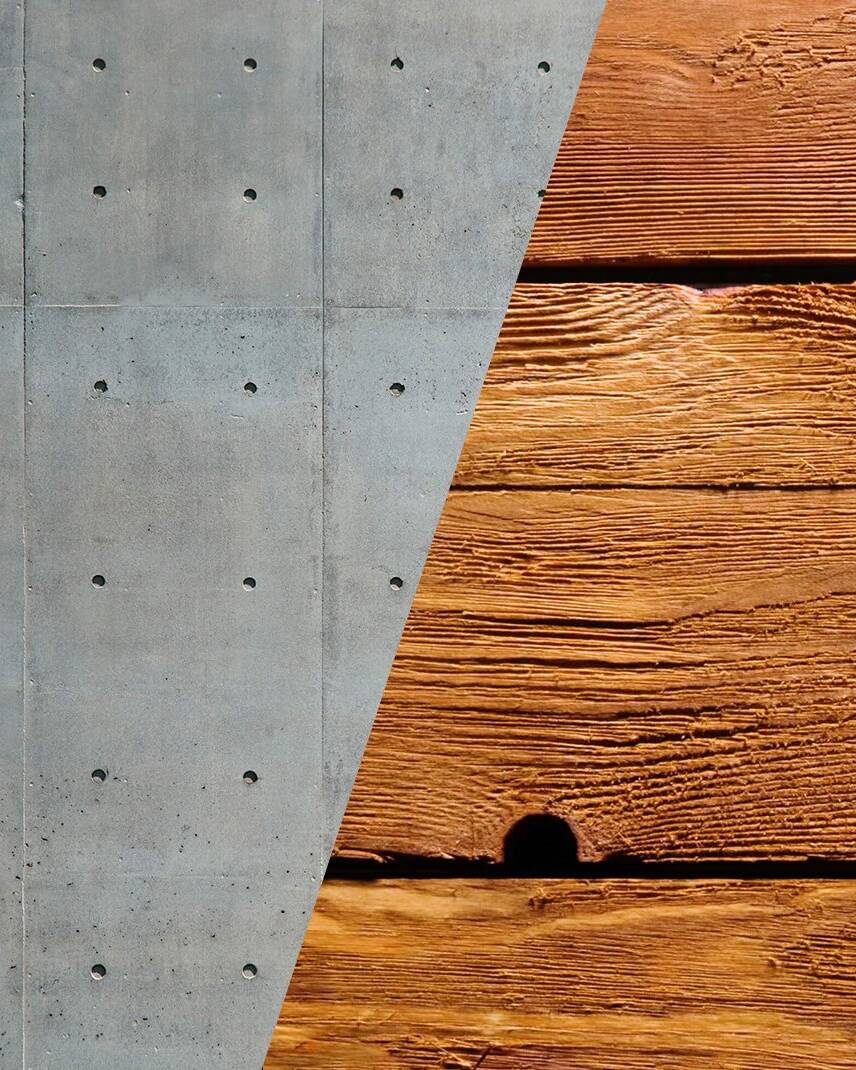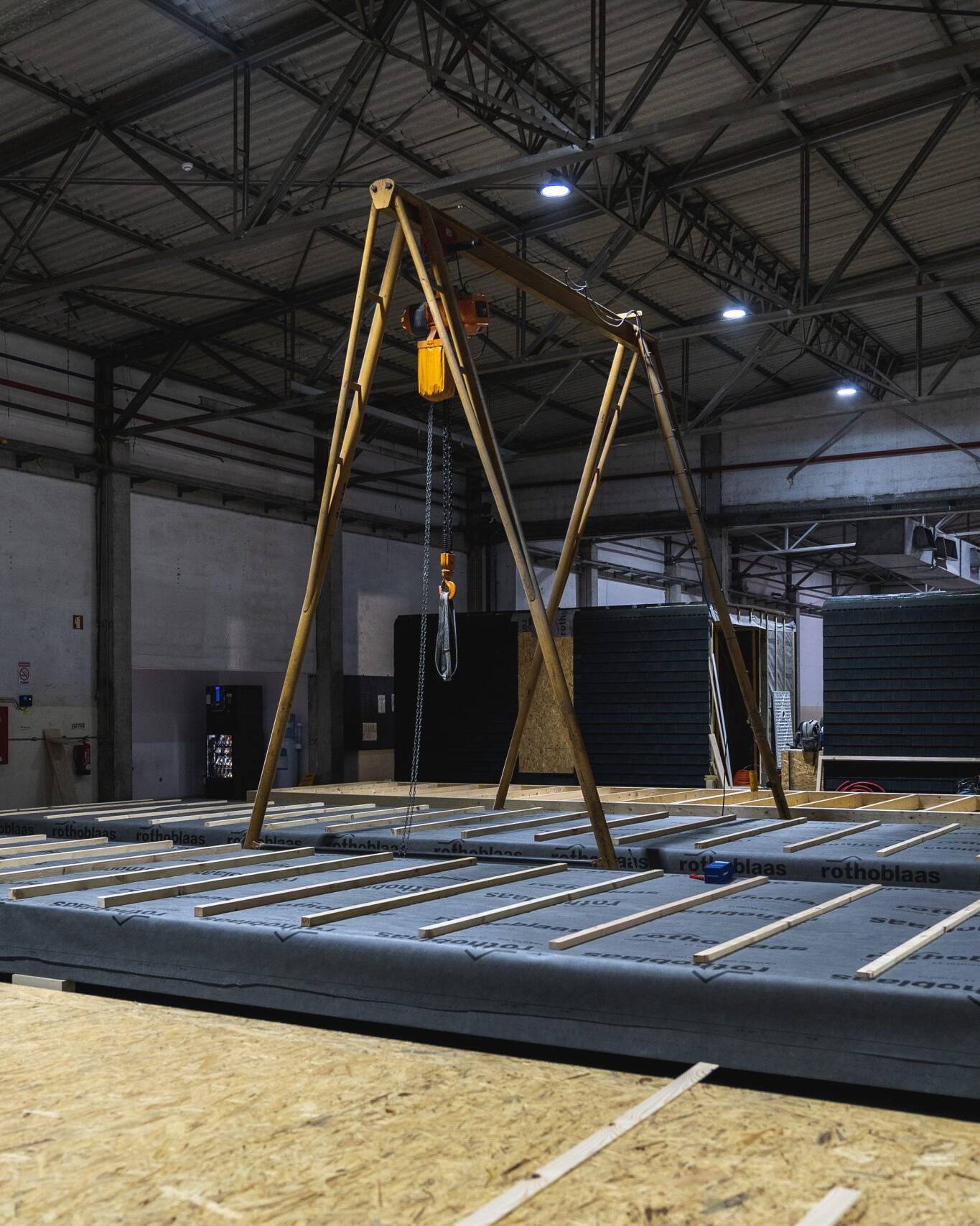All articles about wood innovation
Discover the different reasons why you should choose wood.
Seismic Performance of Wood Buildings
Wood is a material with an excellent seismic performance. It is light, its construction members show major deformation capacity and are systems of great redundancy.
Fire Performance of Wood Buildings
Wood has a good performance under fire. Wood burns when submitted to temperatures above 300ºC. Yes, and this property is called reaction to fire.
The 5 myths about cross laminated timber (CLT)
The 5 myths about cross laminated timber (CLT)
Architecture versus Engineering
Architecture has always been sensitive to building with wood. Indeed, it’s the engineers that currently place most obstacles to the encouragement of using wood in Portuguese construction.
Glued laminated timber (glulam)
Glued laminated timber, also known as glulam, was patented by a German carpenter in 1906, although there is evidence of the physical principle of juxtaposition of boards (laminates) since the 14th century.
Cross laminated timber (CLT)
Cross laminated timber (CLT) panels are prefabricated, solid and of large dimensions, indicated for structural applications. This is an innovative product, composed of a renewable resource, which permits a high load capacity with low weight, enabling a construction that is lighter but with an extraordinary structural stiffness, and simultaneously preserving the environment and the planet in which we live.
The environmental performance of Wood versus Concrete
The supply of wood in the European Union (EU) is based on principles of sustainable forest management. Construction is not in any manner linked to global deforestation (...)
Regulations and codes applicable to construction with wood
As is the case for reinforced concrete and steel structures, the main regulation applicable to timber constructions is the Eurocode, in the case of wood, Eurocode 5 (...)
The advantages of off-site construction
The growing demand for large-sized timber for large-scale projects arises from this new paradigm and imposes a different operationalisation of the construction process which highlights the management of time and process in the planning phase, in detriment of the actual construction phase.
